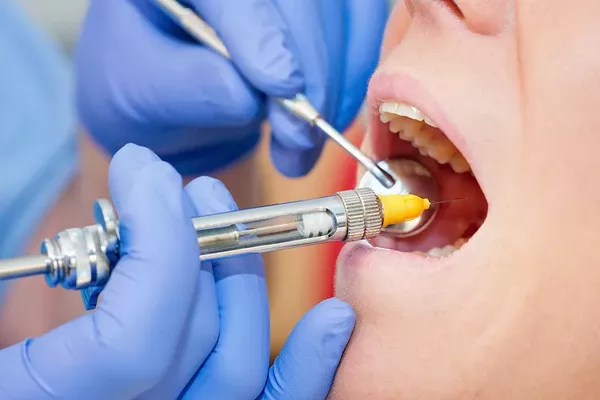Maintaining good oral health is essential for a beautiful smile and overall well-being. Regular dental check-ups and cleanings are crucial components of oral care, but you may have heard about a dental cleaning technique called “ultrasonic dental cleaning.” In this article, we will explore what ultrasonic dental cleaning is, how it works, its benefits, and why it has become an increasingly popular choice for dental cleanings.
Understanding Ultrasonic Dental Cleaning
Ultrasonic dental cleaning is an advanced dental hygiene technique that utilizes ultrasonic technology to remove plaque, tartar, and stains from the teeth and gums. This innovative method has gained popularity due to its effectiveness, comfort, and efficiency in achieving a thorough dental cleaning.
How Does Ultrasonic Dental Cleaning Work?
Ultrasonic dental cleaning involves the use of a specialized device known as an ultrasonic scaler. This device emits high-frequency vibrations, typically in the ultrasonic range (20,000 to 50,000 cycles per second), to create gentle, microscopic shockwaves. These vibrations are transmitted through a slender, oscillating tip of the scaler.
The process of ultrasonic dental cleaning can be broken down into the following steps:
Plaque and Tartar Removal: The ultrasonic scaler tip is placed in close proximity to the tooth‘s surface and moved along the tooth and gumline. The high-frequency vibrations cause the tip to gently remove plaque, tartar (calculus), and other debris adhering to the teeth and in hard-to-reach areas.
Water Irrigation: Simultaneously, a fine stream of water or an antimicrobial solution is delivered through the scaler tip. This serves multiple purposes, including cooling the tip to prevent overheating, flushing away dislodged debris, and providing an antimicrobial effect to reduce bacteria in the treated areas.
Stain Removal: In addition to plaque and tartar, the ultrasonic scaler can effectively remove surface stains from the teeth. This is especially beneficial for individuals seeking to brighten their smiles during a dental cleaning.
Gentle and Comfortable: Ultrasonic dental cleaning is generally considered more comfortable than traditional scaling methods, as it involves less scraping and vibration. Patients often report reduced discomfort and sensitivity during and after the procedure.
Benefits of Ultrasonic Dental Cleaning
Ultrasonic dental cleaning offers several advantages that contribute to its increasing popularity among patients and dental professionals:
Efficiency: Ultrasonic scalers are highly efficient at removing plaque and tartar, even from hard-to-reach areas. This efficiency reduces the time needed for the cleaning, making it a quicker procedure.
Reduced Discomfort: The gentle vibrations of the ultrasonic scaler result in less discomfort and reduced sensitivity compared to traditional hand-scaling methods, making it a more pleasant experience for patients.
Effective Stain Removal: Ultrasonic cleaning can effectively remove surface stains, contributing to a brighter and more aesthetically pleasing smile.
Improved Oral Health: By thoroughly removing plaque and tartar, ultrasonic dental cleaning helps prevent and manage common oral health issues such as cavities, gum disease, and bad breath.
Enhanced Precision: Dental professionals have greater control and precision when using ultrasonic scalers, allowing for more thorough cleaning without causing harm to the teeth or gums.
Antimicrobial Benefits: The use of water or antimicrobial solutions during the procedure helps reduce the number of harmful bacteria in the mouth, contributing to improved oral hygiene.
Is Ultrasonic Dental Cleaning Suitable for Everyone?
While ultrasonic dental cleaning is suitable for many patients, it may not be recommended in some cases. Factors to consider include:
Dental Health: Patients with advanced gum disease or severe periodontal conditions may require more intensive treatment, which may involve a combination of ultrasonic cleaning and traditional scaling methods.
Sensitivity: Some individuals may have heightened tooth or gum sensitivity that requires a gentler approach. Dentists can evaluate each patient’s specific needs and tailor the cleaning method accordingly.
Orthodontic Appliances: Patients with orthodontic appliances, such as braces or retainers, may benefit from ultrasonic cleaning, but careful attention must be paid to avoid damage to the appliances.
Conclusion
Ultrasonic dental cleaning is a modern and highly effective technique for maintaining optimal oral health and hygiene. This innovative method employs high-frequency vibrations and water irrigation to remove plaque, tartar, and stains comfortably and efficiently. The benefits of reduced discomfort, improved precision, and antimicrobial effects make it an attractive choice for both patients and dental professionals.
Related Topics:






























